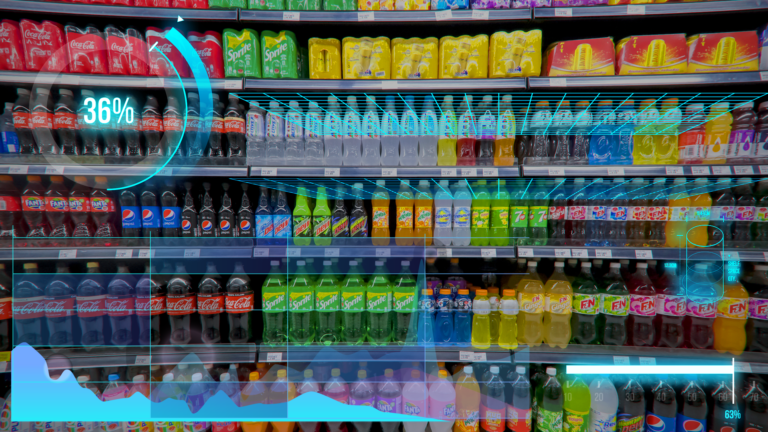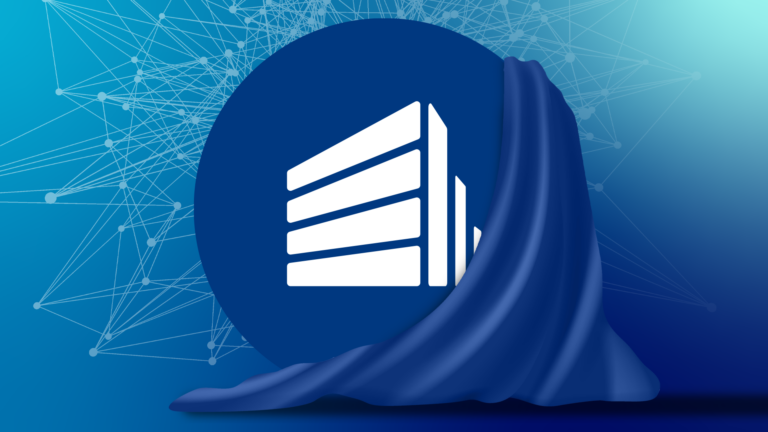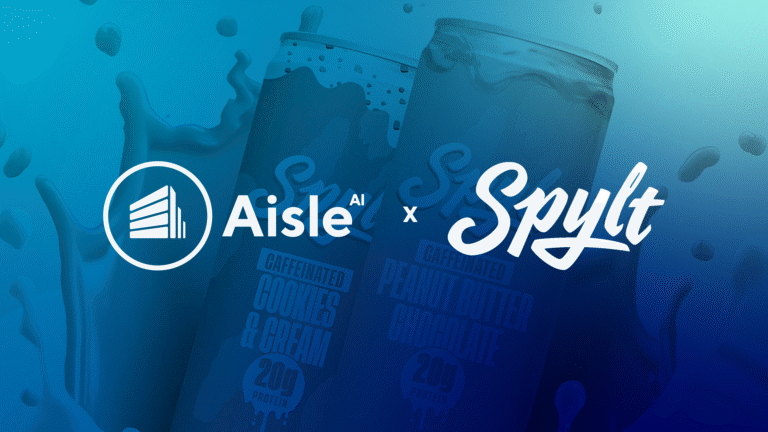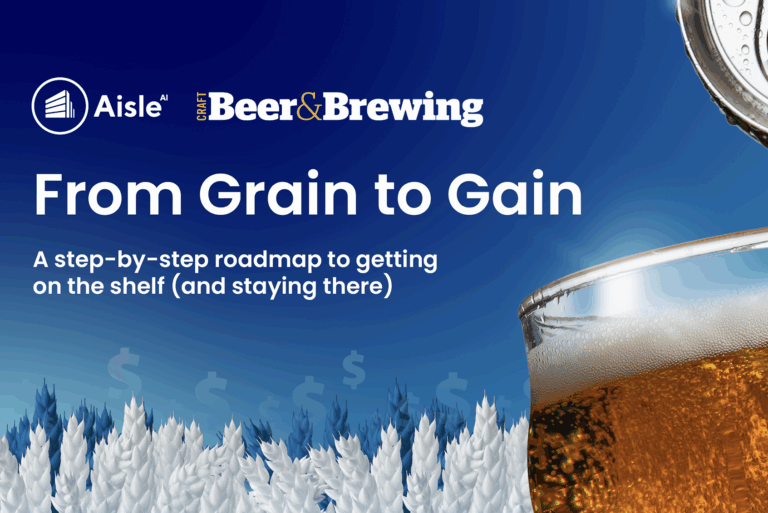How Can My Brand Thrive in Independent Convenience Stores?
Working in the Food and Beverage Industry for nearly 30 years, I experienced the opportunity the world of independent convenience stores for Consumer Packaged Goods (CPG) brands presents. Securing shelf space and driving sales in this fiercely competitive market presents unique challenges. Through my experience, I’ve learned one critical truth: without leveraging third-party data, brands struggle to stay afloat.
The Growing Landscape of Convenience Stores
As of 2024, there are approximately 152,396 convenience stores operating in the United States, a 1.5% increase from the previous year. Independent convenience stores, or single-store operators, make up around 91,799 of this total. These numbers highlight the growing presence and resilience of independent convenience stores within the U.S. market, offering substantial opportunities for CPG brands.
Understanding Consumer Demographics and Behavior
Knowing your customer is the foundation of any successful strategy. Third-party data on consumer demographics and behavior provides insights into the typical profiles of convenience store shoppers. By understanding age, gender, income levels, and household size, CPG brands can tailor their offerings to meet the specific needs and preferences of their target audience.
Additionally, data on shopping habits—such as how often customers visit convenience stores, peak shopping times, and purchase motivations—helps brands align their marketing efforts with consumer behavior. For example, if data shows that young adults frequently visit convenience stores late at night, a brand might focus on promoting quick, easy-to-consume snacks and beverages during those hours.

Market and Competitive Analysis
Staying ahead of the competition requires a deep understanding of the market landscape. Third-party market share data reveals how different brands are performing within the convenience store channel, while competitor analysis provides details on pricing strategies, promotions, and product offerings of rival brands. Understanding the competitive activity is a must in this channel.
By staying informed on market trends, such as the growing demand for healthier snacks or eco-friendly products, CPG brands can adapt their strategies to meet evolving consumer preferences and capture greater market share. For instance, a brand that notices a rising interest in plant-based snacks might introduce a new line of vegan-friendly products to attract health-conscious consumers.
Leveraging Sales and Transaction Data
Sales data is a goldmine for CPG brands. Point-of-Sale (POS) data from similar independent convenience stores shows which products are top sellers and at what price points. Basket analysis uncovers which items are frequently purchased together, offering insights for effective bundling or promotional strategies.
Additionally, understanding sales velocity—the rate at which products sell—enables brands to optimize inventory planning and ensure product availability aligns with consumer demand. For example, if a brand identifies that a particular snack sells out quickly during the summer months, it can increase production and distribution for that period to meet consumer demand.
Geographic and Location Insights
Location matters, and geographic data provides a deeper understanding of the environment in which convenience stores operate. Foot traffic data reveals the number of potential customers passing by and entering stores, helping brands identify high-traffic locations.
Brand-specific consumer demographics offer a detailed look at the population surrounding a store, while location-specific consumer behavior data highlights differences in urban vs. rural shopping patterns. These insights enable CPG brands to tailor their approaches based on geographic nuances. For example, a brand might focus on promoting high-energy snacks in urban areas with a high concentration of office workers.
Economic and Environmental Factors
Economic conditions and environmental factors can significantly impact consumer behavior. Third-party data on local employment rates, economic growth, and disposable income levels helps brands gauge the purchasing power of their target market.
Additionally, understanding local climate conditions can inform product strategies—such as promoting cold beverages in hotter regions or comfort foods in colder areas. For instance, a brand might run a special summer promotion on iced coffee drinks in areas experiencing a heatwave.

Supplier and Distribution Data
Efficient supply chain management is key to maintaining product availability. Third-party data on suppliers and distributors servicing independent convenience stores helps CPG brands assess the reliability and efficiency of their supply chain partners.
Data on distribution coverage and performance metrics ensures that products reach the right stores at the right time, minimizing stockouts and maximizing sales opportunities. For instance, if a brand identifies a gap in distribution coverage in a particular region, it can work to establish relationships with local distributors to fill that gap.
Regulatory and Compliance Information
Navigating the regulatory landscape is essential for CPG brands. Third-party data on local regulations ensures compliance with specific rules affecting product sales in convenience stores. Additionally, understanding health and safety standards for product labeling, packaging, and safety helps brands avoid legal pitfalls and maintain consumer trust.
For example, a brand might use third-party data to ensure that its packaging meets all local labeling requirements, helping to avoid costly fines and maintain a positive reputation among consumers.
Conclusion
For CPG brands aiming to succeed in independent convenience stores, leveraging third-party data is not just beneficial—it’s essential. Our team at AisleAI, can help brands understand key insights like weather patterns, consumer demographics, market dynamics, and so much. The right data provides the insights needed to make strategic decisions and drive growth.
By partnering with AisleAI, CPG brands can gain access to the crucial information they need to thrive in this competitive market. Whether you’re looking to refine your product offerings, improve your marketing strategies, or streamline your supply chain, third-party data can help you unlock new opportunities and achieve success.
Ready to take your CPG brand to the next level? Contact us to explore how third-party data can transform your business and drive growth in independent convenience stores.





